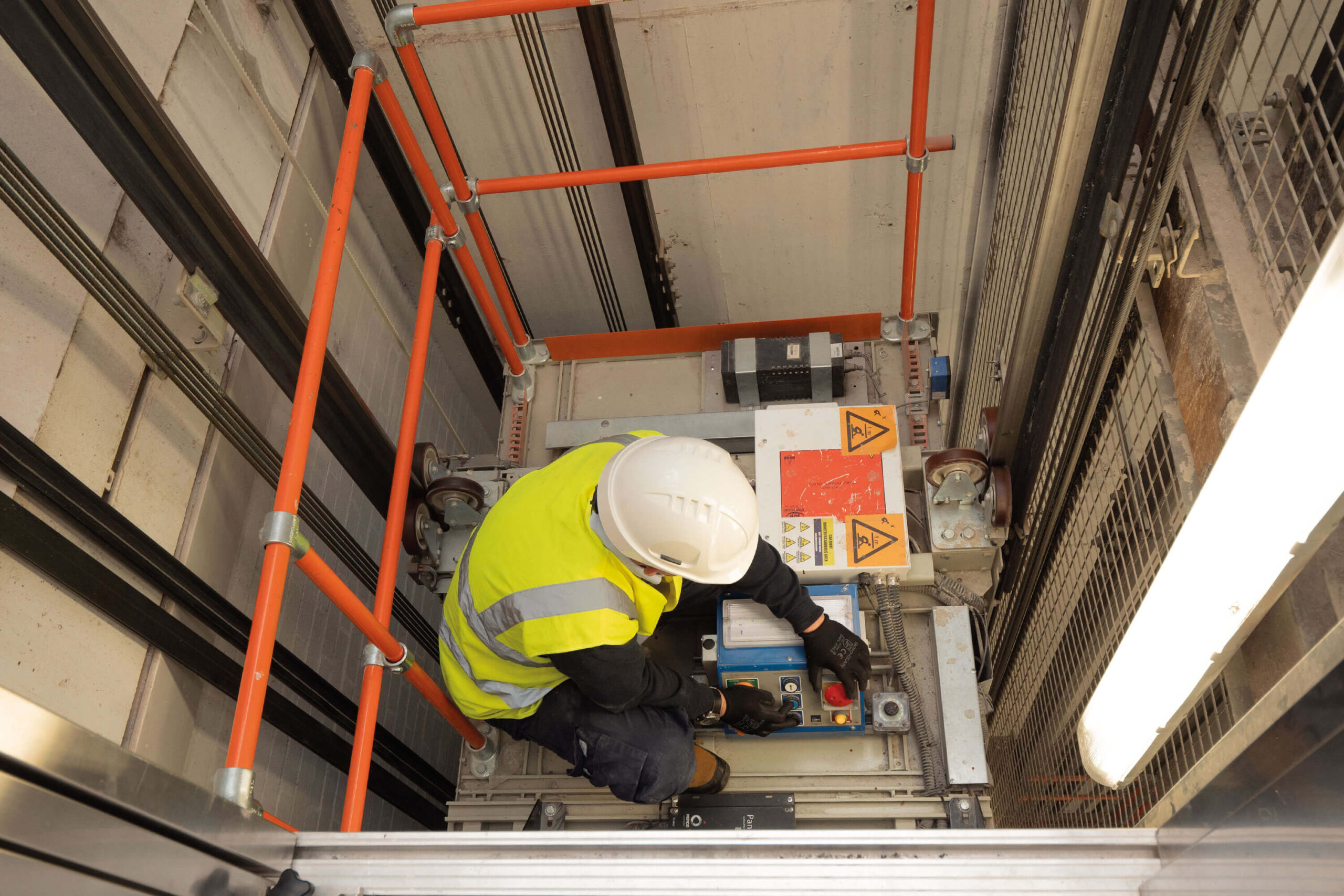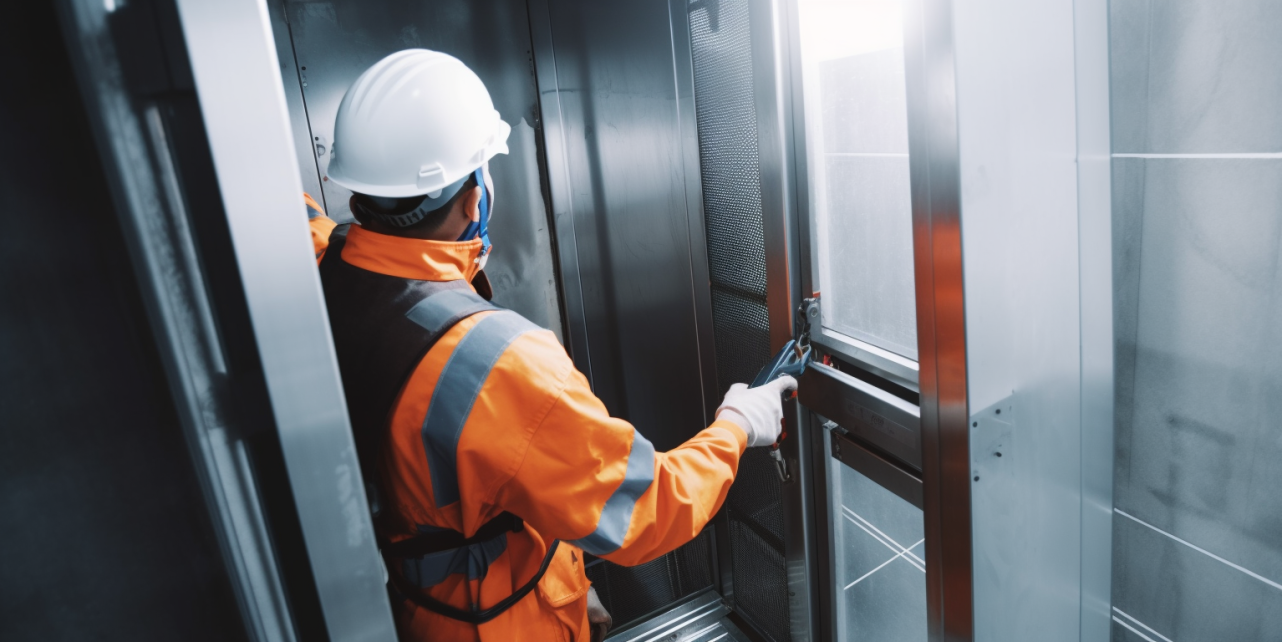Lift Maintenance Repair Specialists: Expand the Life of Your Lifts
Lift Maintenance Repair Specialists: Expand the Life of Your Lifts
Blog Article
Pro Tips for Keeping Your Lift in Leading Problem: An Extensive Introduction
Guaranteeing the optimum performance of a lift system is essential for a reliable and risk-free operation in numerous setups, from commercial warehouses to commercial structures. By sticking to an organized upkeep routine and preemptively attending to potential issues, lift owners can reduce costly downtime and safety and security hazards.

Relevance of Normal Upkeep
Normal upkeep of your lift is important to ensure its ideal efficiency and longevity. By adhering to a normal maintenance timetable, you can recognize and address prospective concerns before they intensify right into costly fixings or unexpected downtime. Routine upkeep tasks such as lubricating relocating components, examining for wear and tear, and inspecting hydraulic systems can help prevent malfunctions and guarantee safe procedure.
Overlooking regular upkeep not just jeopardizes the effectiveness of your lift however also poses safety threats to individuals and home. Parts that are not effectively preserved may stop working suddenly, leading to accidents or damages to the lift itself. Moreover, resolving issues early on with upkeep can extend the lifespan of your lift and reduce the likelihood of significant break downs.
Along with improving security and performance, routine maintenance can additionally save you money over time. By spending in precautionary maintenance measures, you can avoid costly repair services or substitutes that may occur from ignoring the maintenance of your lift. In general, prioritizing normal upkeep is essential for optimizing the functionality and long life of your lift system.
Leading Parts to Check

In addition, pay close interest to the lift's safety features, such as emergency stop buttons, security sensors, and interlocking mechanisms, to ensure they are functioning properly. On a regular basis evaluate the lift shaft for debris or blockages that might restrain the movement of the lift cars and truck.
Aggressive Troubleshooting Strategies
When confronted with possible lift system concerns, taking on aggressive repairing methods can considerably boost functional effectiveness and prevent expensive downtime. One of the essential proactive fixing methods is to consistently check and evaluate lift performance data. By tracking metrics such as lift speed, electric motor temperature level, and power intake, upkeep teams can identify early indications of possible issues and take corrective activities before they escalate. Carrying out regular aesthetic assessments discover this of critical elements, such as cables, pulley-blocks, and security devices, can likewise help in discovering deterioration or imbalances that might lead to malfunctions. In addition, applying a preventative upkeep routine that includes lubrication of relocating components, testing of emergency situation brakes, and calibration of sensing units can proactively resolve common lift system issues.
Additionally, purchasing training programs for upkeep team on troubleshooting methods certain to the lift design set up can encourage them to diagnose and fix concerns swiftly. By staying ahead of prospective issues with aggressive troubleshooting, lift drivers can make certain a smoother and much more dependable operation while minimizing web link the danger of unanticipated break downs.
Crucial Lubrication Practices
Implementing appropriate lubrication practices is important for making certain the smooth procedure and durability of lift systems. Regular lubrication assists decrease friction between moving components, protecting against wear and tear that can lead to expensive repairs and downtime. When it concerns lift maintenance, following a rigorous lubrication routine is essential.
Selecting the right lube is the very first step in reliable maintenance. Various elements of the lift system might need particular sorts of lubricants, such as oil or oil. Consult the producer's guidelines to identify the suitable lubricants for each part.

Consistently inspecting the problem of moisturized components is likewise crucial. Seek indications of too much wear, contamination, or inadequate lubrication. Attend to any type of problems quickly to stop further damage and make certain the continued smooth procedure of your lift system. By prioritizing appropriate lubrication practices, you can prolong the lifespan of your lift and maximize its efficiency.
Security Actions for Lift Operators
In order to preserve a safe functioning environment and maintain operational effectiveness, lift drivers need to carefully stick to prescribed security methods, alongside prioritizing necessary lubrication methods for ideal lift performance. Security measures for lift operators are important to avoid crashes and guarantee the smooth functioning of the lift system.
In addition, lift drivers must focus on individual protective devices (PPE) such as safety helmets, gloves, and safety belt when functioning at heights or handling hefty lots. Clear communication among operators, upkeep professionals, and other personnel is essential to avoid misconceptions that could cause mishaps. Finally, operators need to stay alert, focused, and avoid disturbances while operating the lift to ensure the safety and security of themselves and others in the vicinity.
Final Thought
Finally, preserving a lift in top condition is critical for guaranteeing security and effectiveness in operations. Regular upkeep, comprehensive evaluations of key elements, proactive troubleshooting, appropriate lubrication practices, and adherence to safety procedures are important for extending the lifespan of the lift and protecting against crashes. By following these standards, lift drivers can ensure the ongoing capability and safety of their equipment.
By adhering to a structured upkeep routine and preemptively attending to potential issues, lift owners can alleviate expensive downtime and security risks. Regularly check the lift shaft for debris or obstructions that can restrain the activity of the lift car.In order to preserve a secure functioning environment and support operational performance, lift drivers must carefully stick to recommended safety and security protocols, together with prioritizing important lubrication techniques for optimal lift performance. Safety and security procedures for lift drivers are vital to prevent accidents and ensure the smooth performance of the lift system. Normal upkeep, detailed inspections of essential elements, aggressive troubleshooting, proper lubrication practices, and adherence to safety procedures are crucial for prolonging the life expectancy of the lift and stopping mishaps.
Report this page